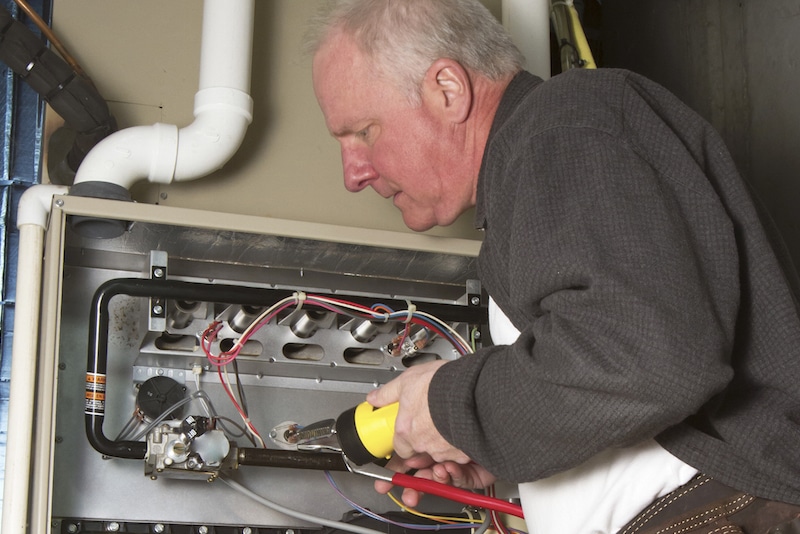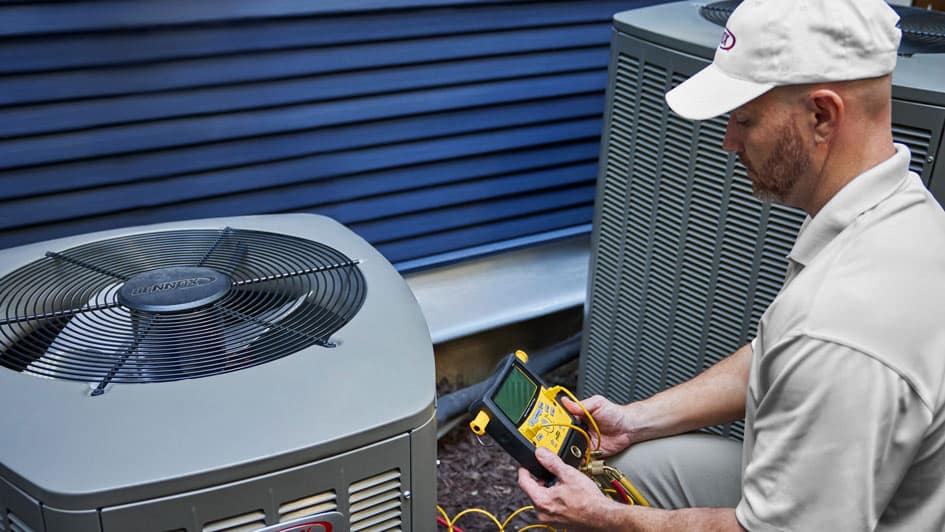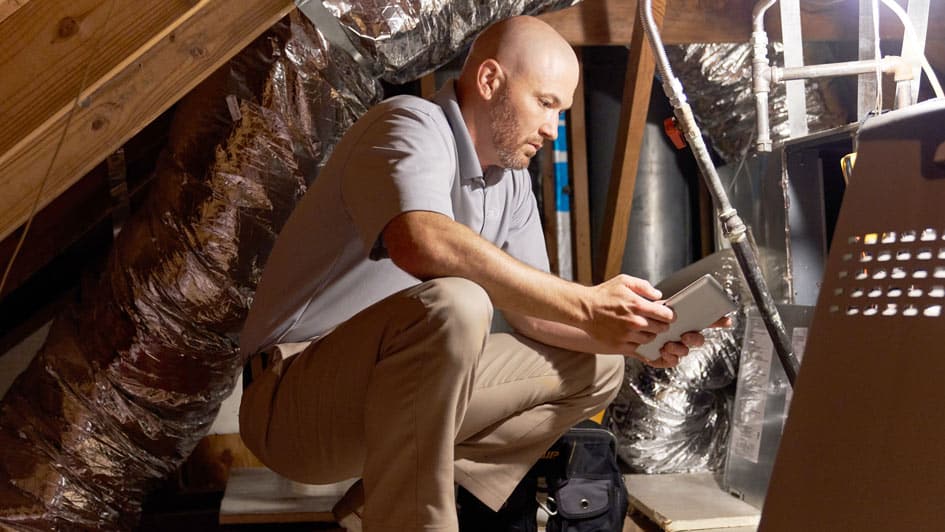
HVAC Recovery After Flooding and Water Damage
The impact of the recent hurricanes has been devastating. As homeowners evaluate the damage to their homes and begin to rebuild, Abilene Air-Tech Inc would like to offer some guidance on flood damaged heating and cooling equipment to help you understand what needs to happen next.
One of the most important things to remember is you and your family’s safety. If you are entering back into the home, you’ll want to make sure that you’ve turned off all electrical switches and gas valves. Before you turn your HVAC system back on, schedule an appointment with a qualified technician to assess your equipment. The damage done by the flooding may not always be easily visible and there are a lot of components inside your equipment that could have been impacted.
In the event your HVAC equipment has been flood damaged or rendered inoperable due to flooding or a severe storm, the following steps should be taken before returning the equipment to operation. Abilene Air-Tech Inc recommends that all inspection, service and replacement work on flooded equipment be performed by qualified heating and cooling technicians.
- Any unit that is or has been partially or completely submerged must have the electrical power supply disconnected immediately. The fuel supply to gas or oil burning equipment must be shut off.
- Complete equipment service must be performed on the equipment by qualified heating and cooling technicians. Safe and proper operation of the equipment must be verified. Failure to do so can cause further property damage and/or personal injury.
- The extent of the damage will depend on the depth of the flood water, water type (fresh, brackish, etc) and the length of time that the unit was submerged.
Gas or Oil Furnaces & Heating Sections of Residential Package Units
- Ensure the electrical power supply to the equipment is off.
- The equipment must be thoroughly cleaned. This may require removal and disassembly dependent upon depth of water and length of time submerged.
- All electrical and safety components, such as those listed below, that have been under water must be removed and replaced with a new part:
- Ignition control
- Gas valve
- Primary and secondary limits
- Flame rollout switch
- Combustion air inducer and pressure switch
- Igniter
- Blower motors
- Burners that have been under water must be thoroughly cleaned and/or replaced.
- Equipment insulation is secured to the cabinet with water-soluble glue. If insulation has been under water, it must be replaced with insulation of the same type, density and thickness as the original.
- Clean and thoroughly dry all electrical connections and any damaged wiring must be replaced.
- After repairs have been completed, an operational safety check must be performed on the equipment.
The correct operation of all safety devices must be verified.
Air Conditioning or Heat Pump Systems & Refrigerant Sections of Residential Package Units
If the refrigerant circuit is damaged resulting in a refrigerant leak or is open to the atmosphere and has been under water, the complete system – (outdoor unit, refrigerant lines and evaporator or air handler) must be replaced. If the refrigerant circuit is NOT open to the atmosphere, the following steps must be taken:
- Ensure the electrical power supply to the system is off.
- The equipment must be thoroughly cleaned, including the outdoor coil and evaporator in a furnace or air handler installation. This may require removal and disassembly dependent upon depth of water and length of time submerged.
- All electrical and safety components, such as those listed below, that have been under water must be removed and replaced with a new part: (this applies to both the indoor and outdoor equipment)
- Electronic controls, defrost controls or electric heat controls and sequencers
- Contactors
- Motors
- Refrigerant Pressure Switches (non-hermetically sealed)
- Equipment insulation is secured to the cabinet with water-soluble glue. If insulation has been under water, it must be replaced with insulation of the same type, density and thickness as the original.
- Clean and thoroughly dry all electrical connections and compressor terminals. Any damaged wiring must also be replaced.
- After repairs have been completed, an operational safety check must be performed on the equipment.
The correct operation of all safety devices must be verified.
System Accessories
All system accessories, such as thermostats, air filters, indoor air quality equipment, electrical devices and the air distribution system, should be evaluated using the guidelines listed above.
Warranty
Flood damaged components are not covered by the Lennox limited warranty. New replacement parts carry a one-year limited warranty. Lennox further suggests making a thorough evaluation of the necessary repairs (labor and parts) in order to provide an accurate estimated the cost to the consumer. The estimate should also include an estimate for replacement equipment so the consumer can evaluate the options available and make the best decision for their situation and needs.
We understand that you want to get your home back to a comfortable and secure living area as soon as possible, but for health and safety reasons, it’s strongly recommended to have a qualified technician assess your situation and make sure your HVAC system is running properly. If you have any questions as you begin the cleanup process, give Abilene Air-Tech Inc a call at (325) 692-5850 and our experts will be able to help you.
Don't wait until your AC breaks down - get a professional maintenance check now.
Contact



